Product Description
The IP-QUADRATURE GE four channel orthogonal decoder is mainly used to convert the output signal of the rotary encoder into a digital signal for computer processing and display.
feature
•Four orthogonal decoder channels,independently programmable
•Any channel can also serve as a universal counter
•24 bit resolution for each channel
•Universal counting rate from DC to 10 MHz
•DC to 1.2 MHz orthogonal counting rate(higher counting rate in X1 and X2 modes)
•Counter readable”dynamic”-24 bit output register
•24 bit register used to capture or match interrupts for each channel
Input can be differential or single ended
•Directly connected to most sensors
•Programmable TTL resistor terminals
•Each channel has a programmable control input
•Control inputs can be used to capture accurate positions in real-time
•Each channel can be used as a universal up/down counter
•Fully programmable interrupt support
•Programmable mode;Programmable prescalers:1X,2X,4X.
•Programmable polarity for counting and control inputs separately
•All CMOS
•Up to 16 counter channels per VME slot
IP-QUADRATURE GE orthogonal provides a high-density,cost-effective,and flexible implementation of four orthogonal decoder channels.Channels can also be used as general-purpose counters.Four independent channels provide 24 bit resolution,programmable mode,programmable polarity,interrupt capability,differential or single ended(RS-422 or TTL/CMOS)input,dynamic read capability,and counting frequency from 0 to 10MHz.
The IP-QUADRATURE GE orthogonal encoder is a popular sensor that provides precise,low-cost incremental motion sensing.The most common is that they are shaft encoders,providing 512 to 2048 counts per revolution.They are also commonly used as linear encoders with resolutions as low as 0.005 inches.They have any length to choose from.Most encoders nowadays are optical,using molded components composed of LEDs,lenses,photoelectric sensors,and simple electronic devices.For rotational motion,this component senses alternating opaque and clear lines on the rotating wheels.For linear motion,alternating lines can be on fixed rods and sensor components can move,or vice versa.This pair of LEDs and light sensors are offset by approximately half the line width,allowing for sensing the direction of motion by observing the relative phase of the two outputs.A typical orthogonal encoder output is a pair of digital logic signals with a nominal phase difference of 90°.Some encoders also provide”index”pulse output per revolution to provide absolute position information.Most modern encoders operate at+5 volts and provide CMOS/TTL logic outputs and/or RS-422 differential logic outputs.If possible,it is recommended to use RS-422 because it has inherent noise resistance and the ability to operate over long distances.The TTL logic level should usually be limited to cables less than 10 feet in length.The orthogonal encoder can be obtained from Hewlett Packard,US digital,and other sources.
The universal input structure allows differential inputs from line drivers(RS-422 level)or single ended logic level inputs(TTL)directly from most sensors.Programmable TTL resistor terminals provide flexible high-quality signal terminals.
Each channel has three inputs.For normal orthogonal operations,two orthogonal inputs are called X and Y.These inputs are sometimes referred to as the A and B lines of the encoder.The X and Y inputs are usually driven 90°out of phase.There is also a control input called Z on each channel.Its functionality is programmable,but if used,it is typically used as an index or latch input.
Each channel has a programmable prescaler that can be set for X1,X2,or X4 operation.Fully supports vector interrupts.Interrupts can be individually masked.The optional conditions are interrupt when borrowing and interrupt when matching(comparison).
RS-422 differential input lines are usually terminated at 120?Resistors.If necessary,users can remove these resistor networks with sockets or replace them with different values.
Each channel consists of a programmable input section,a 24 bit up/down counter block,a 24 bit capture/match register,and a 24 bit output latch.The output latch allows for precise”dynamic”reading of orthogonal position values.The capture/match register can be used as a hardware”capture”register to record precise mechanical positions or provide interrupts for any programmable orthogonal position value.
The full CMOS design is essentially low-power.Up to 16 orthogonal channels can be achieved in a host system time slot.
application area
The IP-QUADRATURE GE four channel orthogonal decoder is widely used in various industrial automation equipment that needs to measure and monitor physical quantities such as rotation angle and displacement.



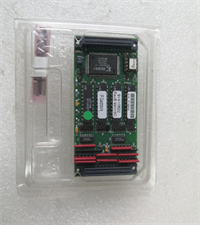
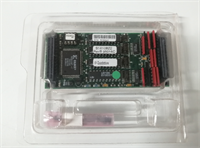
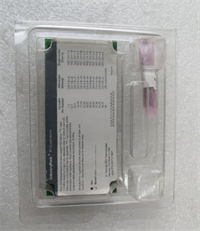
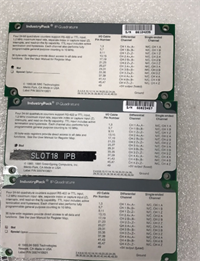
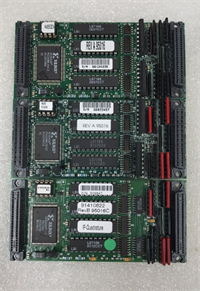
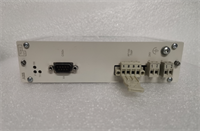
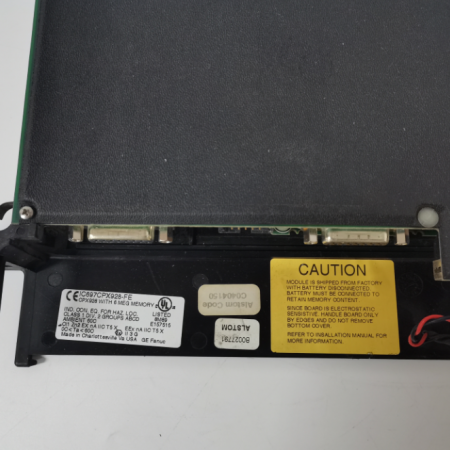
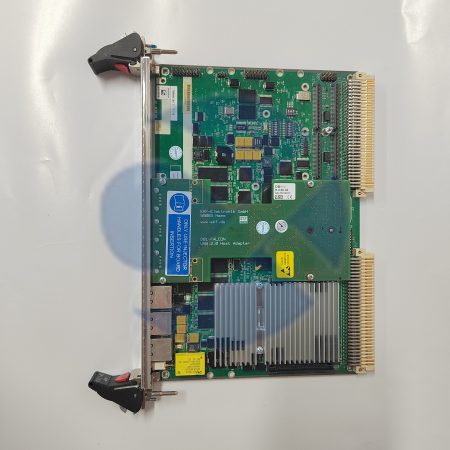
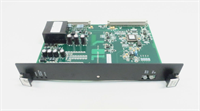
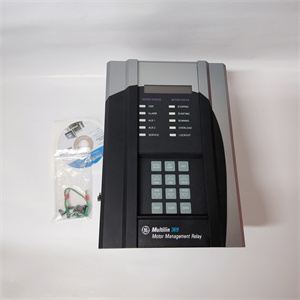
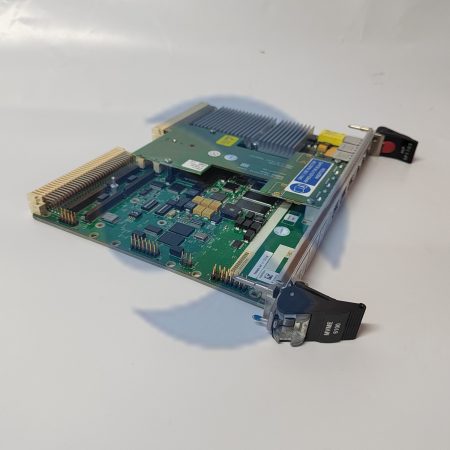
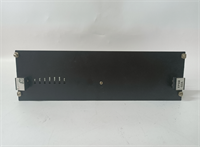
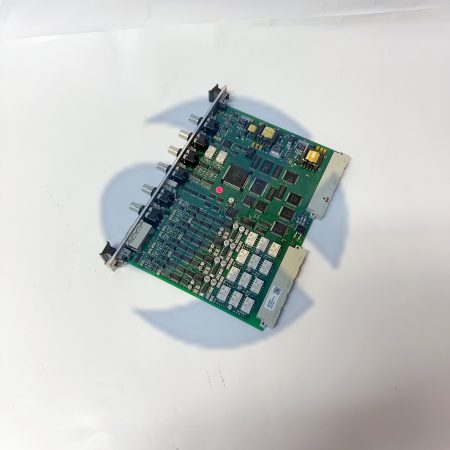
Reviews
There are no reviews yet.